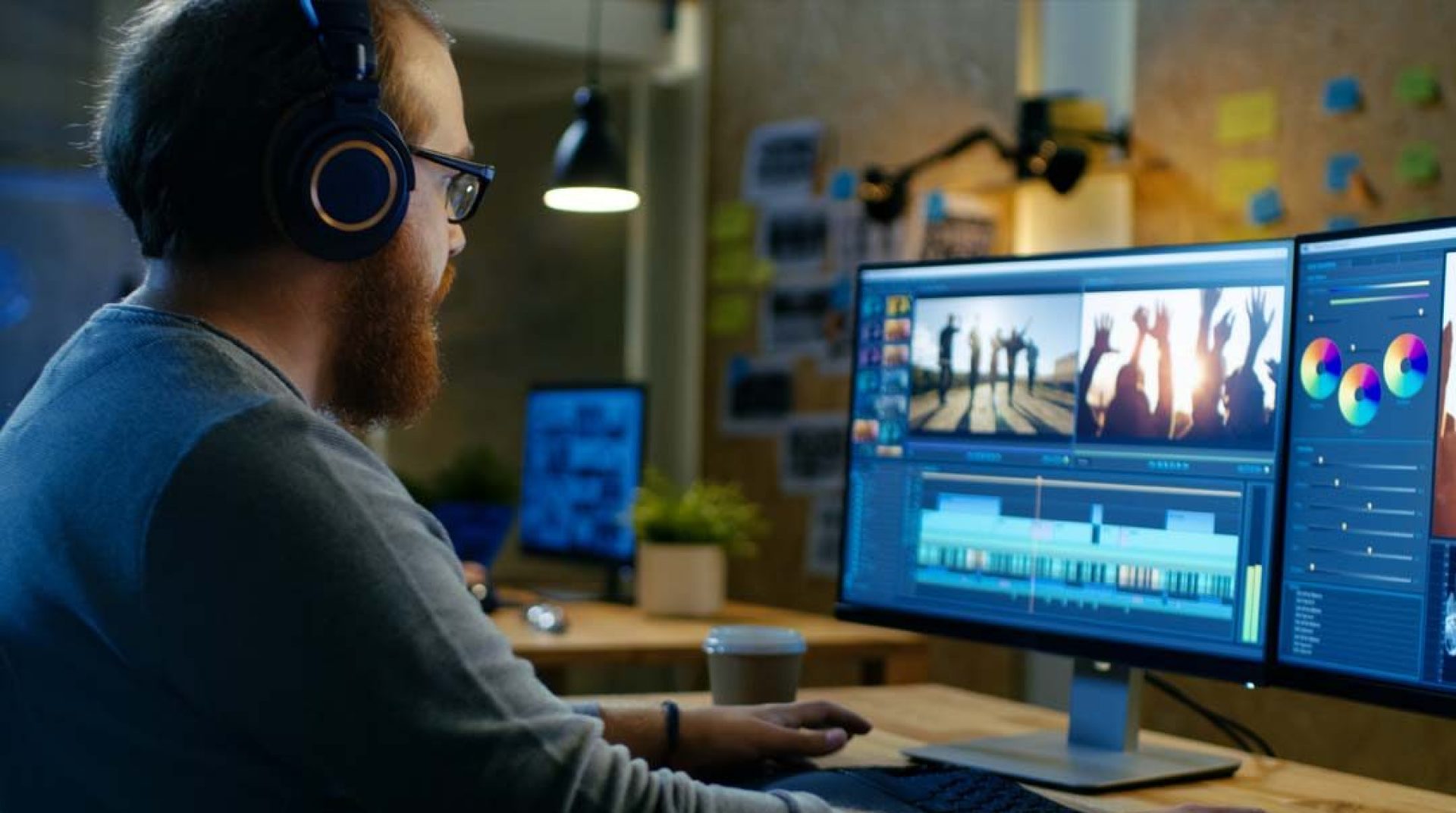Image Source: Google
Peacebuilding is a complex process that aims to prevent the reoccurrence of violence, resolve conflicts, and build sustainable peace within and between societies. Education and communication are two essential tools that play crucial roles in promoting peacebuilding efforts worldwide. By fostering understanding, empathy, and dialogue, education and communication can help bridge divides, reduce prejudices, and promote peaceful coexistence among individuals and communities.
The Role of Education in Peacebuilding
Education plays a fundamental role in promoting peacebuilding by equipping individuals with the knowledge, skills, and attitudes needed to prevent conflicts and build a more harmonious society. Here are some ways in which education contributes to peacebuilding:
- **Promoting Understanding:** Education helps individuals understand different perspectives, cultures, and worldviews, fostering tolerance and respect for diversity.
- **Empowering Youth:** By providing quality education to young people, we can empower them to become agents of change and advocates for peace in their communities.
- **Building Critical Thinking Skills:** Education encourages critical thinking, problem-solving, and conflict resolution skills, essential for addressing and resolving conflicts peacefully.
- **Fostering Social Cohesion:** Educational institutions can serve as spaces for social integration, bringing together individuals from diverse backgrounds and promoting social cohesion.
- **Promoting Human Rights:** Education can raise awareness about human rights, justice, and equality, fostering a culture of respect for fundamental rights and freedoms.
The Role of Communication in Peacebuilding
Communication is another vital tool for promoting peacebuilding by facilitating dialogue, promoting understanding, and resolving conflicts through peaceful means. Effective communication can help build trust, reduce tensions, and promote reconciliation among conflicting parties. Here are some ways in which communication contributes to peacebuilding:
- **Facilitating Dialogue:** Communication channels, such as dialogues, negotiations, and mediation, provide platforms for conflicting parties to engage in constructive conversations and find peaceful solutions to their differences.
- **Building Trust:** Open and transparent communication fosters trust among individuals and communities, essential for maintaining peaceful relations and resolving conflicts.
- **Promoting Reconciliation:** Communication can help acknowledge past grievances, express apologies, and seek forgiveness, paving the way for reconciliation and healing in post-conflict societies.
- **Raising Awareness:** Communication campaigns, media, and information dissemination can raise awareness about peacebuilding efforts, human rights, and conflict prevention strategies among the general public.
- **Empowering Marginalized Voices:** Communication platforms can amplify the voices of marginalized groups, ensuring their concerns are heard and addressed in peacebuilding processes.
Challenges and Opportunities
While education and communication are powerful tools for promoting peacebuilding, there are also challenges that need to be addressed to maximize their impact. Here are some challenges and opportunities:
Challenges
- **Limited Access to Education:** In many conflict-affected regions, access to quality education is limited, hindering peacebuilding efforts.
- **Misinformation and Propaganda:** False information and propaganda can fuel mistrust, prejudices, and conflicts, undermining peacebuilding initiatives.
- **Lack of Inclusivity:** Peacebuilding efforts may not always be inclusive of all stakeholders, marginalizing certain groups and perpetuating tensions.
Opportunities
- **Advancements in Technology:** Technology, such as social media and online platforms, can be harnessed to promote peacebuilding initiatives and reach a broader audience.
- **Youth Engagement:** Engaging young people in peacebuilding efforts can bring fresh perspectives, creativity, and energy to the process.
- **Community-Led Initiatives:** Empowering local communities to drive peacebuilding initiatives can ensure sustainability and relevance to local contexts.
Conclusion
Education and communication are indispensable tools for promoting peacebuilding by fostering understanding, dialogue, and reconciliation among individuals and communities. By investing in quality education, promoting open and inclusive communication channels, and addressing the challenges and opportunities in peacebuilding, we can work towards building a more peaceful and harmonious world for present and future generations.


